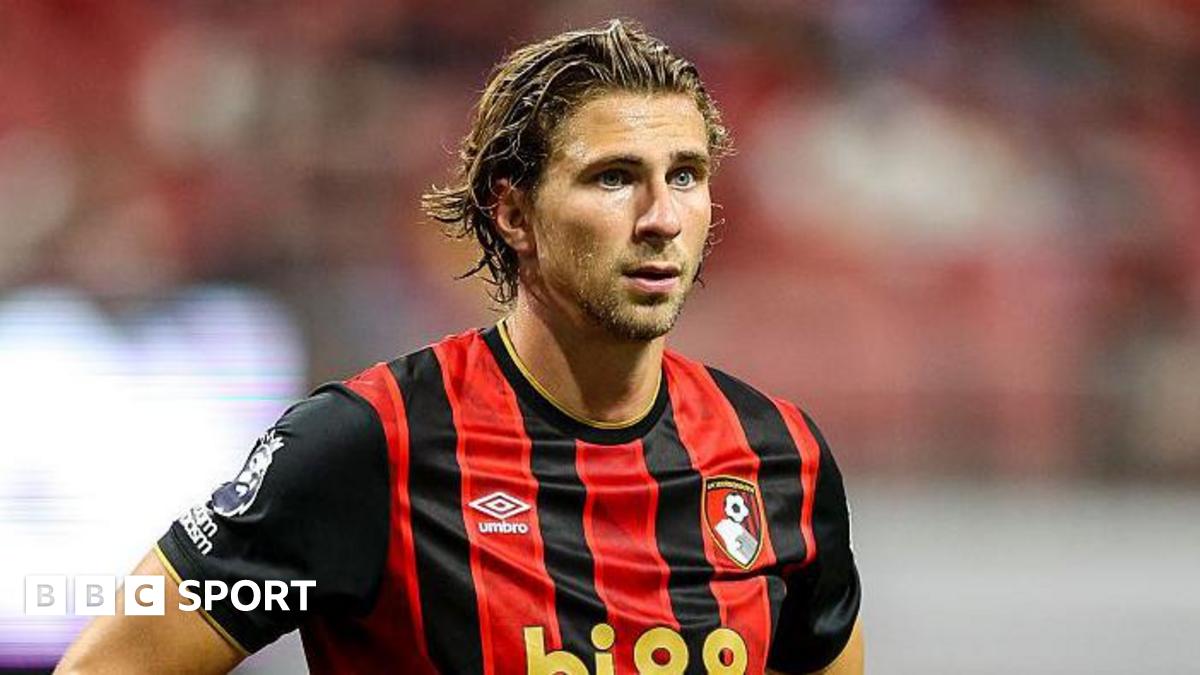
£147 million. That's the headline figure. Bournemouth’s defensive clear-out is less a rebuild, more a full-scale demolition. Zabarnyi to PSG, Huijsen to Real Madrid, Kerkez to Liverpool... suddenly, the Vitality Stadium backline looks decidedly different. But beyond the immediate financial windfall, what does this mass exodus *really* mean for the Cherries' long-term trajectory?
The elephant in the room? Age. Or rather, the impending lack thereof. Bournemouth have, in essence, traded seasoned (well, relatively) potential for cold, hard cash. Zabarnyi, at 22, represented a cornerstone for the future. Huijsen, despite his brief stint, showcased immense promise at just 18. Kerkez, only 20, had already established himself as a dynamic presence at left-back. Their replacements, Diakite and Truffert, while undoubtedly talented, inherit the pressure of justifying significant investment and stepping into the void left by departing stars.
This pivot towards younger, potentially unproven talent carries significant risk. The Premier League is unforgiving. Mistakes are amplified, pressure is relentless, and the learning curve can be brutally steep. While the financial gains undoubtedly strengthen Bournemouth’s hand in the transfer market, the immediate impact on defensive stability is a legitimate concern. Consider the historical trend: teams built on a foundation of youthful exuberance often struggle for consistency, prone to defensive lapses and tactical naivety. Think Arsenal in their Wenger era later stages, or even Leeds United in their brief Premier League return – thrilling to watch, perhaps, but ultimately vulnerable.
However, a contrasting perspective emerges when considering the broader strategic context. Bournemouth, under Andoni Iraola, are clearly embracing a high-intensity, attacking style of play. This tactical shift demands athleticism, dynamism, and a willingness to take risks – qualities often associated with younger players. The influx of youth could, therefore, be interpreted as a deliberate attempt to align the squad's age profile with the manager's tactical vision. The gamble, of course, lies in whether these young players can adapt quickly enough to the demands of the Premier League and execute Iraola's complex game plan effectively.
The data suggests a clear trend: Premier League clubs are increasingly willing to invest in youth, even at premium prices. This reflects a growing recognition of the long-term value of developing talent, both on and off the pitch. However, Bournemouth's situation is unique in its scale and speed. They've essentially compressed a multi-year rebuilding process into a single transfer window. Will it pay off, or will the Cherries find themselves regretting their defensive gamble?